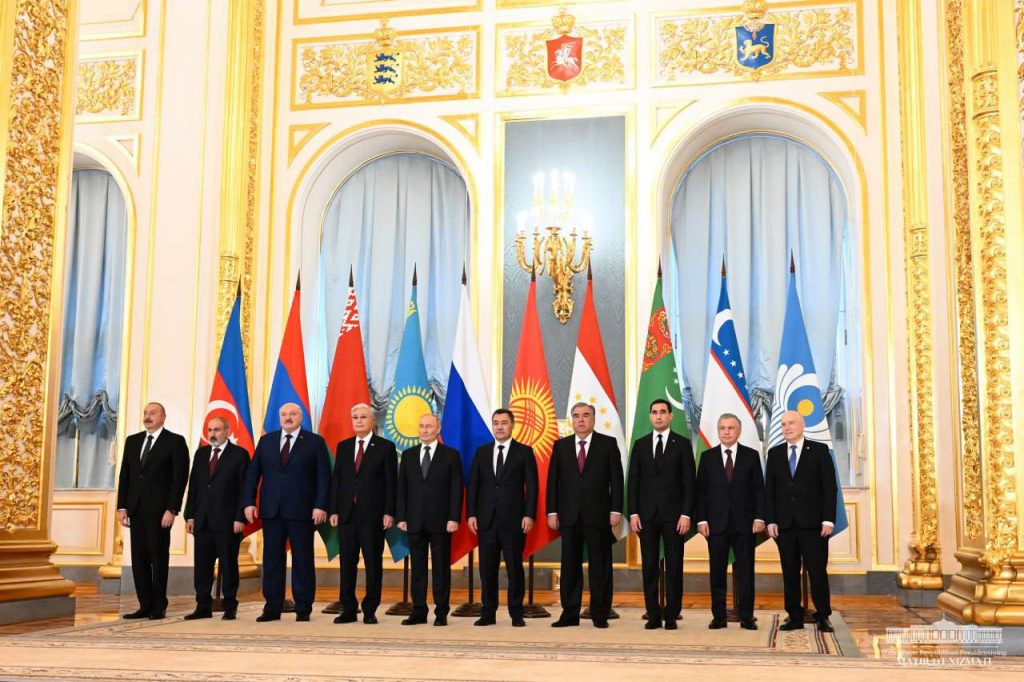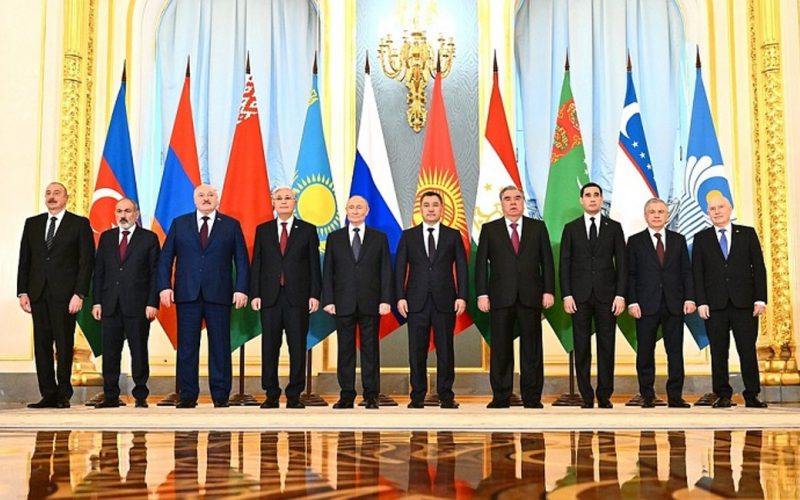After BRICS, a new alliance has kick-started the de-dollarization process and is using local currencies for trade and not the US dollar. The Commonwealth of Independent States (CIS), which consists of 12 countries, has settled 85% of cross-border transactions in national currencies. The CIS bloc, barely used the US dollar for trade settlements this year ushering into a new financial landscape.
Also Read: BRICS Make De-Dollarization New Member Entry Rule
The development is adding pressure on the US dollar as both BRICS and CIS are indulging in de-dollarization initiatives. The CIS consists of 12 countries including Armenia, Azerbaijan, Belarus, Georgia, Kazakhstan, Kyrgyzstan, Moldova, Russia, Tajikistan, Turkmenistan, Ukraine, and Uzbekistan.
Also Read: BRICS: 4 Reasons Ditching the Petrodollar Could Doom the US
BRICS: CIS Alliance Consisting of 12 Countries Ditch the US Dollar, Use Local Currencies For 85% Transactions


BRICS member Russia convinced the CIS bloc to begin using national currencies for trade and not the US dollar. The other existing members agreed to the trade policies put forward by Russia as using local currencies will only strengthen their native economies.
Also Read: BRICS: US Dollar Reserves Fall Below 60% For the First Time Since 1995
“The use of national currencies is widening in mutual payments. Their share in commercial operations among CIS participants has already been above 85%,” said Russian President Vladimir Putin at the CIS summit. Russia is making both BRICS and the CIS bloc ditch the US dollar for trade and transactions.
Putin revealed at the summit that BRICS and CIS will work towards ending dependency on the US dollar forever. “The process of import phase-out is moving quickly, and thus the technology sovereignty of our country is being strengthened,” he said.
Also Read: BRICS: India Makes Major Announcement On U.S. Dollar Usage
The development will promote regional economic collaboration and deliver higher financial independence for developing countries. While the de-dollarization agenda was specific to BRICS, it is now being spread to the CIS alliance. The US dollar might find no takers if the development continues leading to massive deficits and hyperinflation in the homeland.





